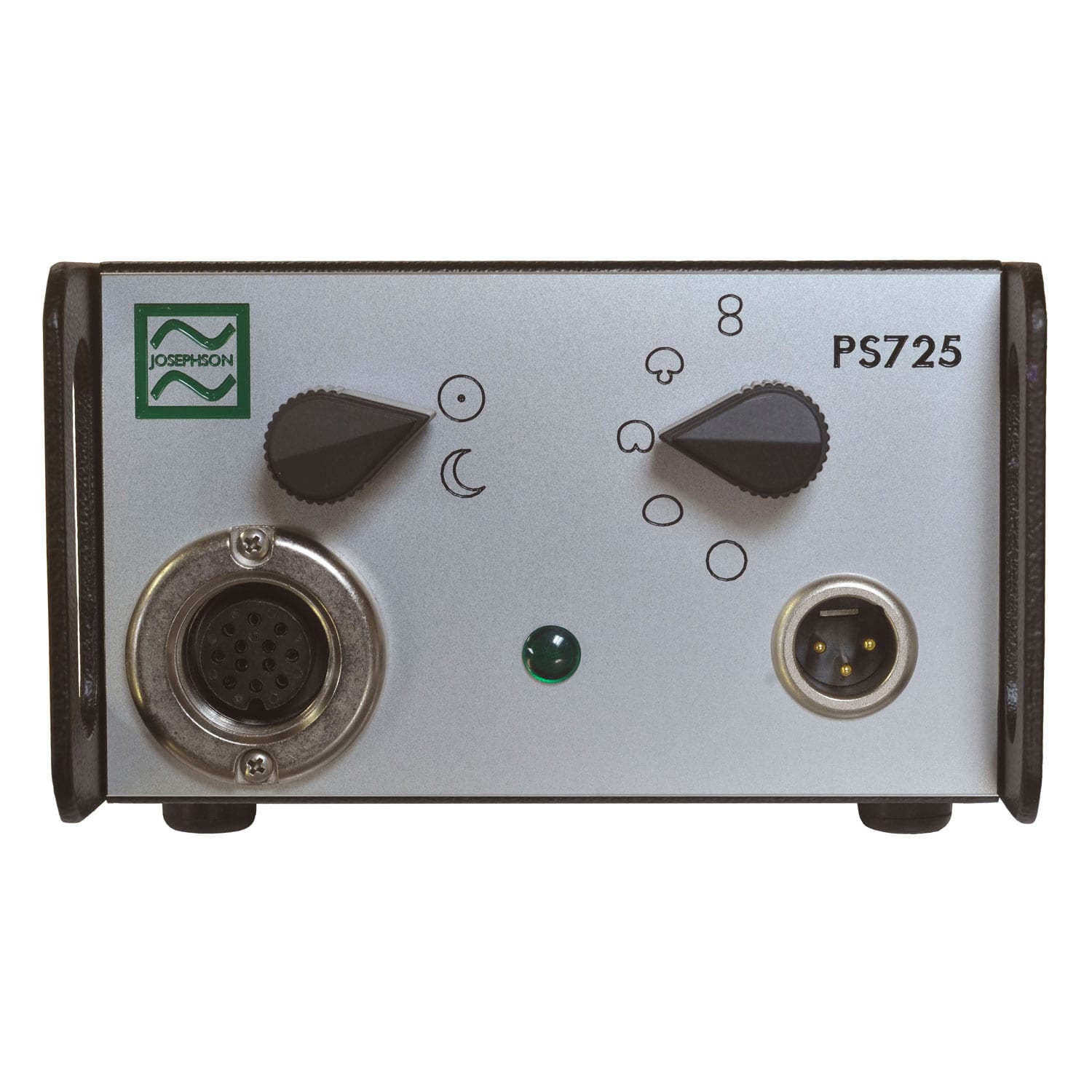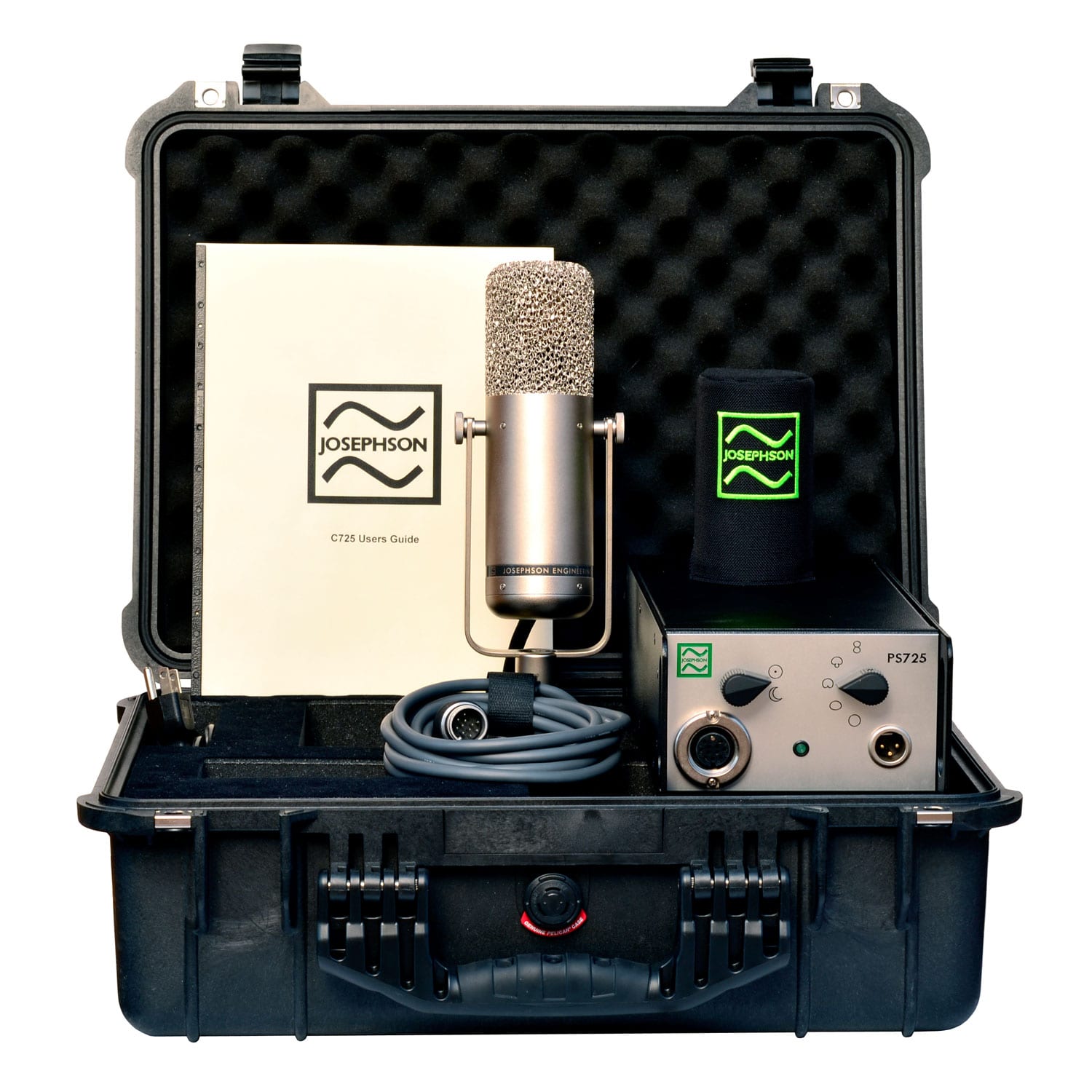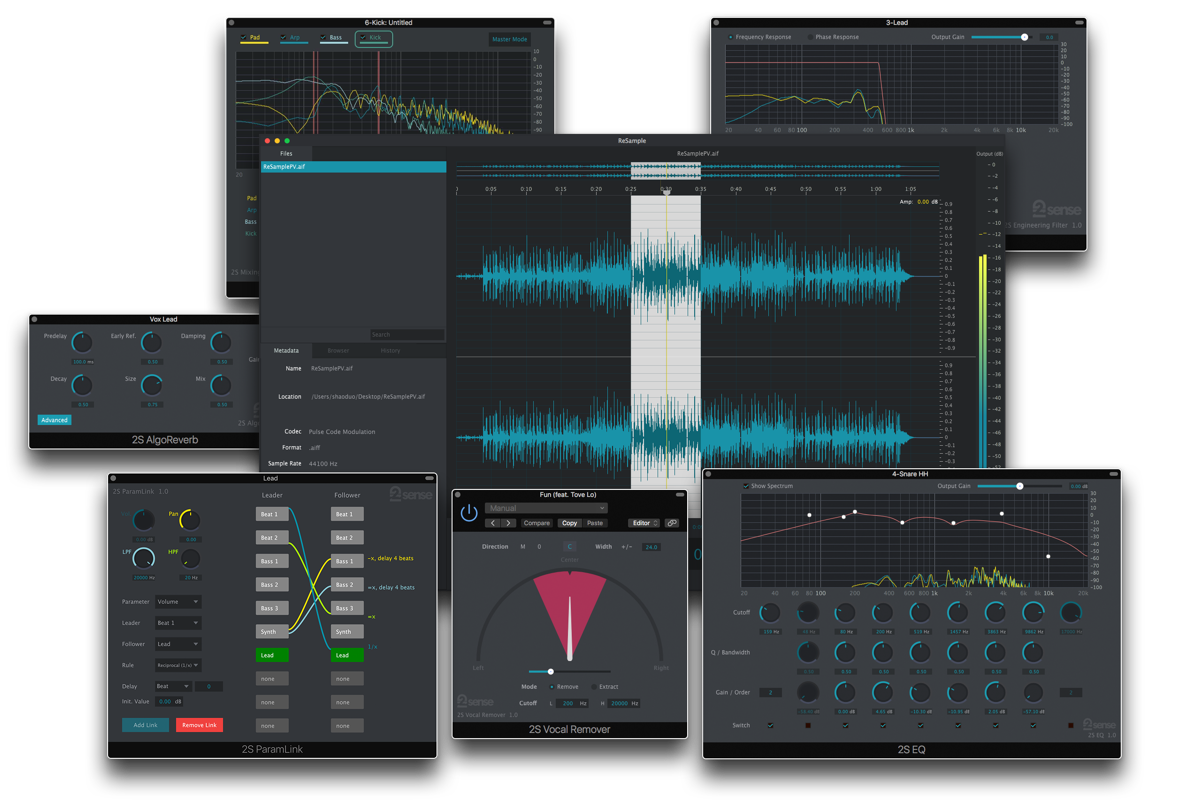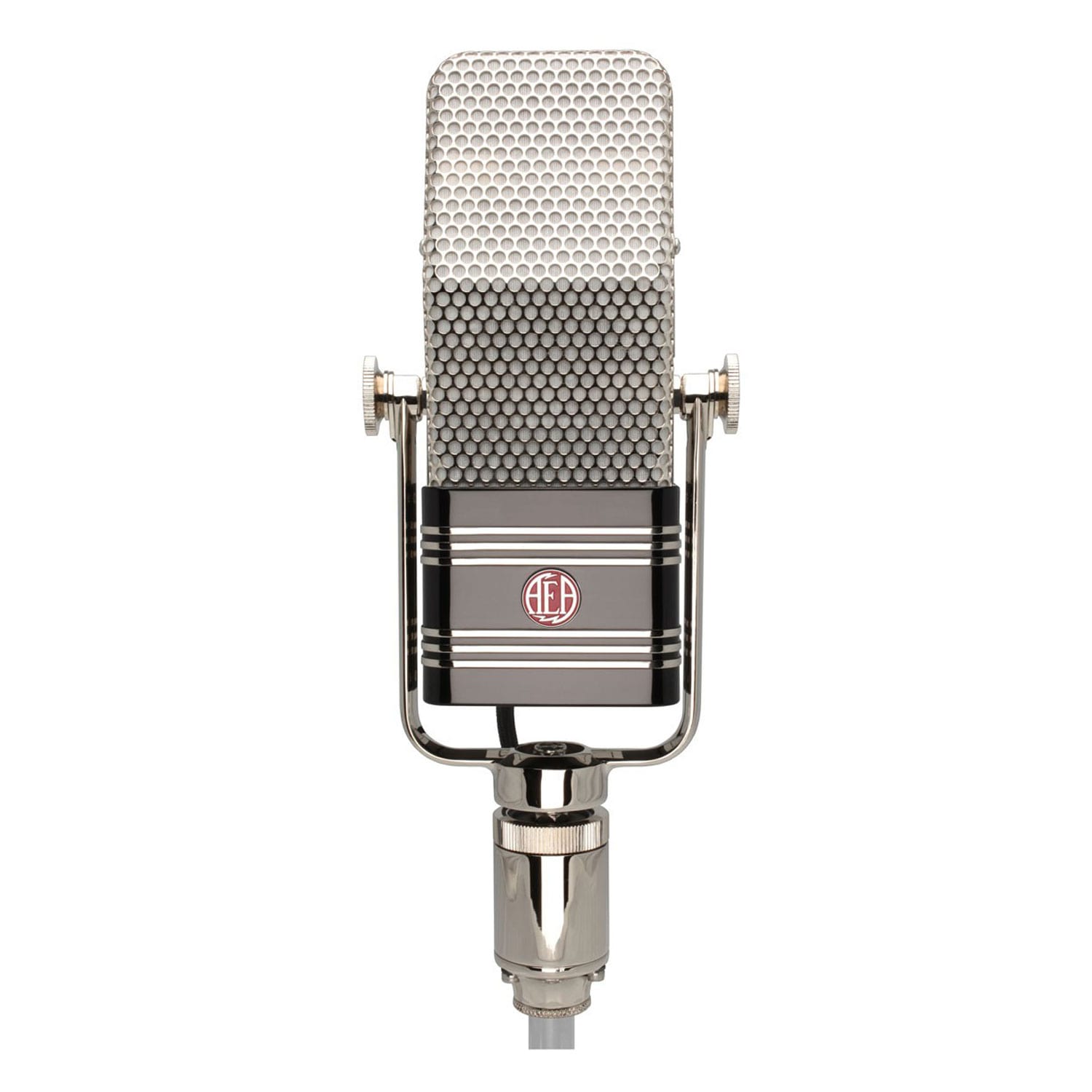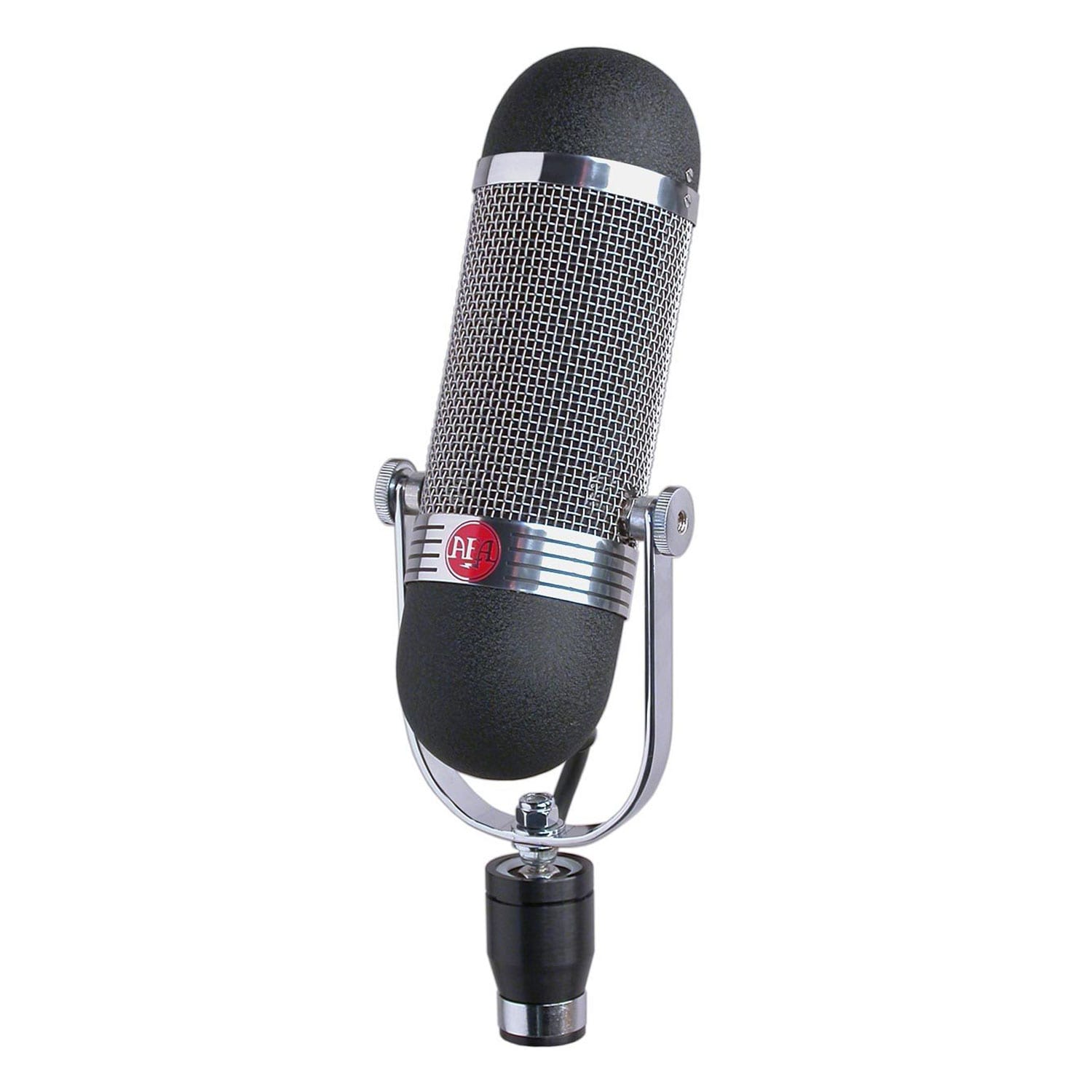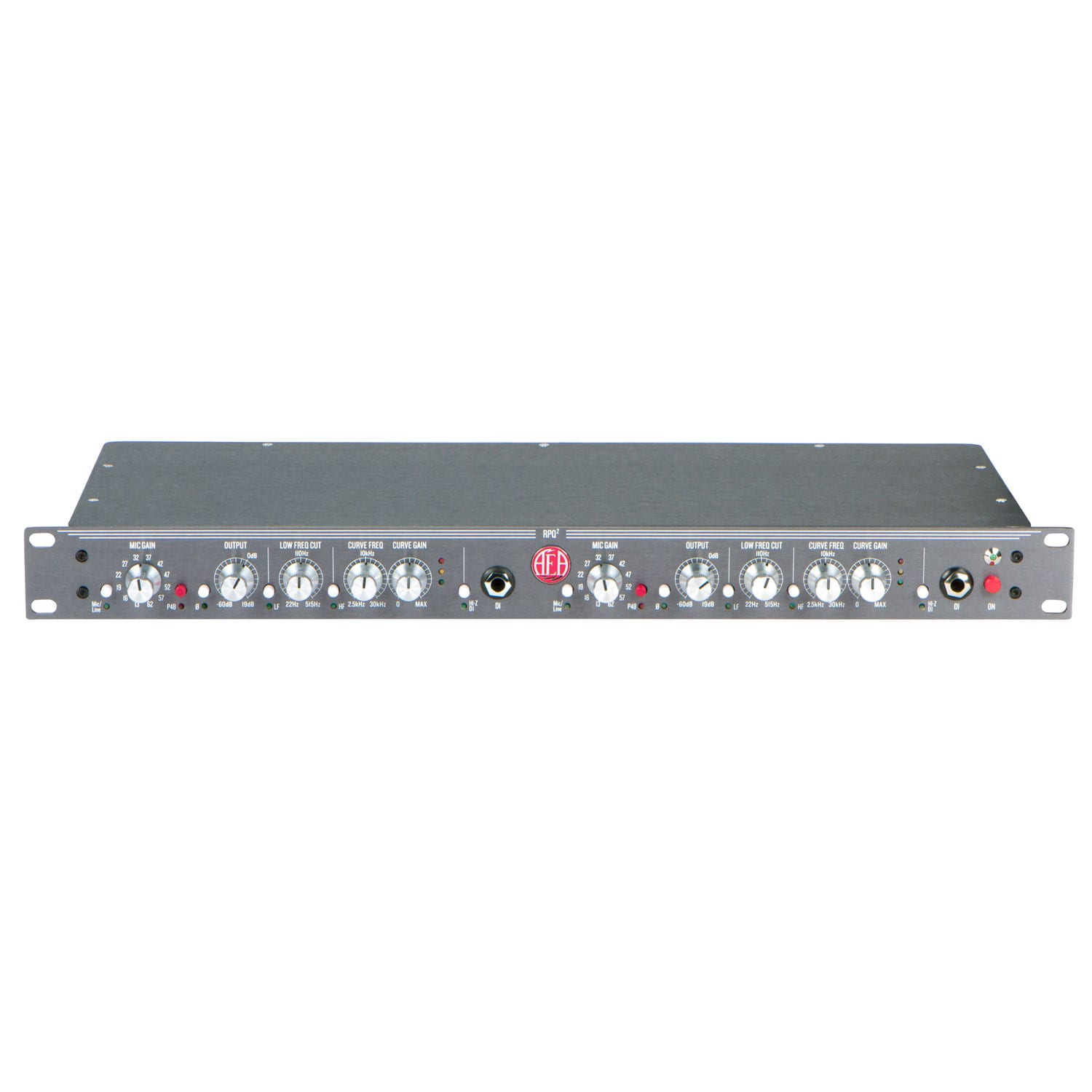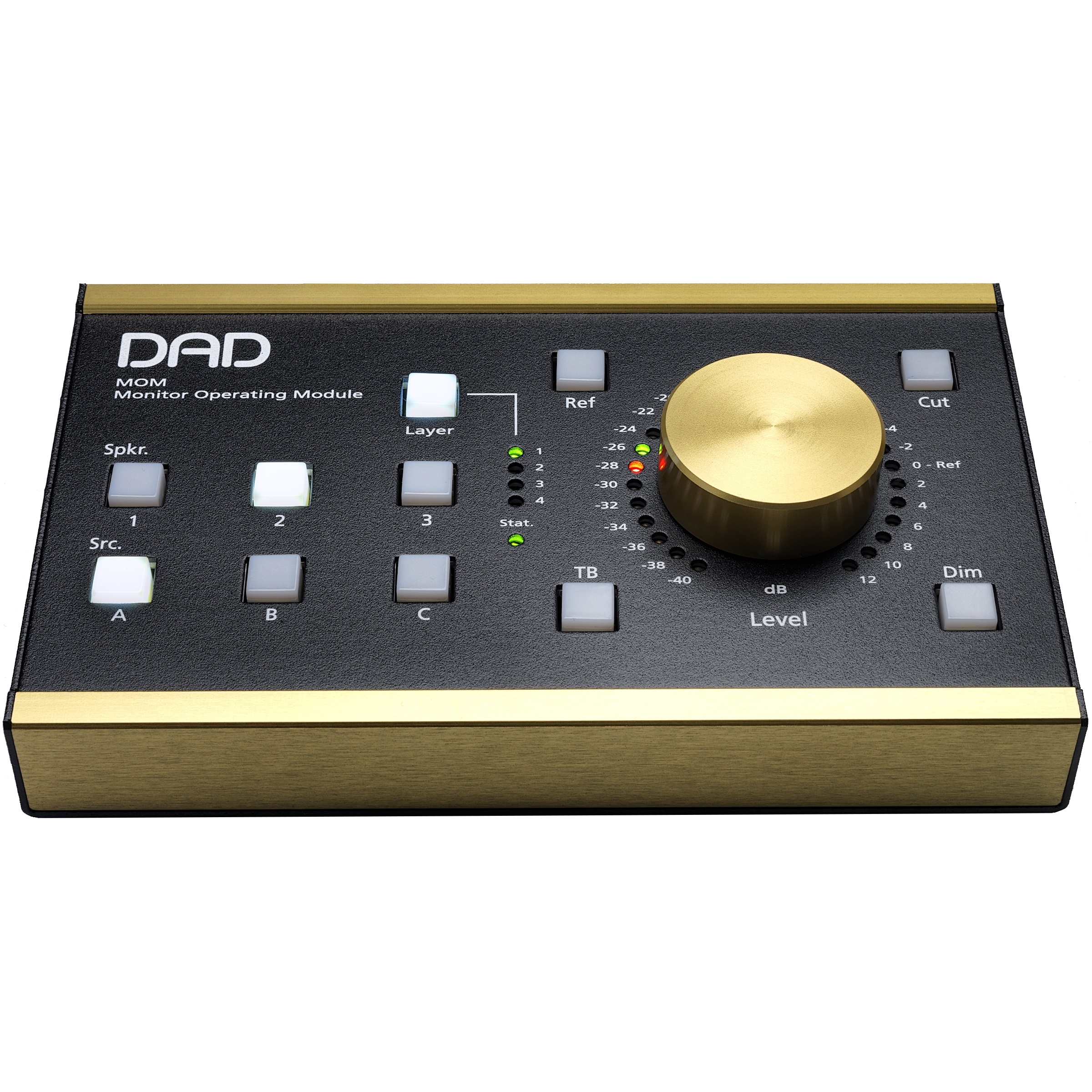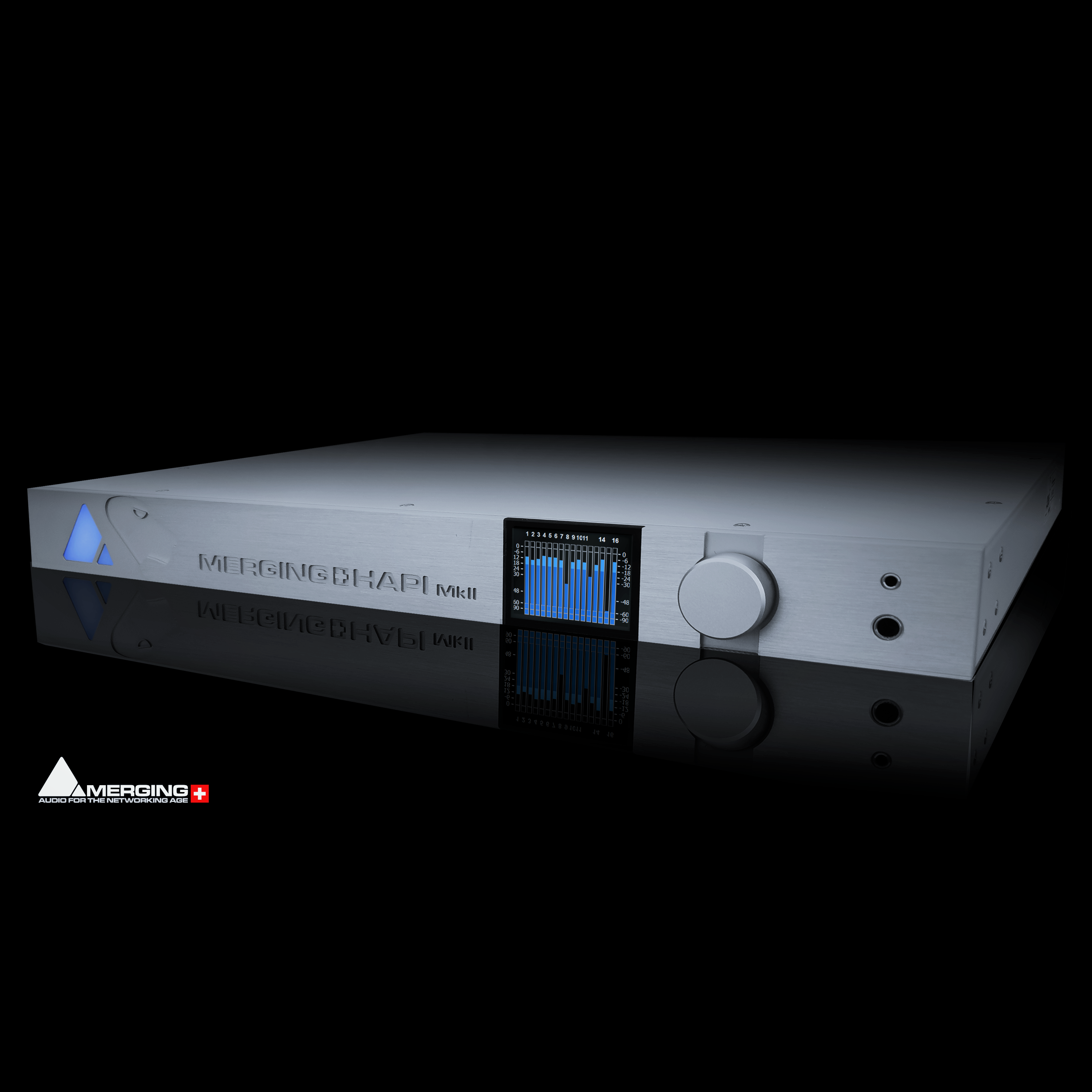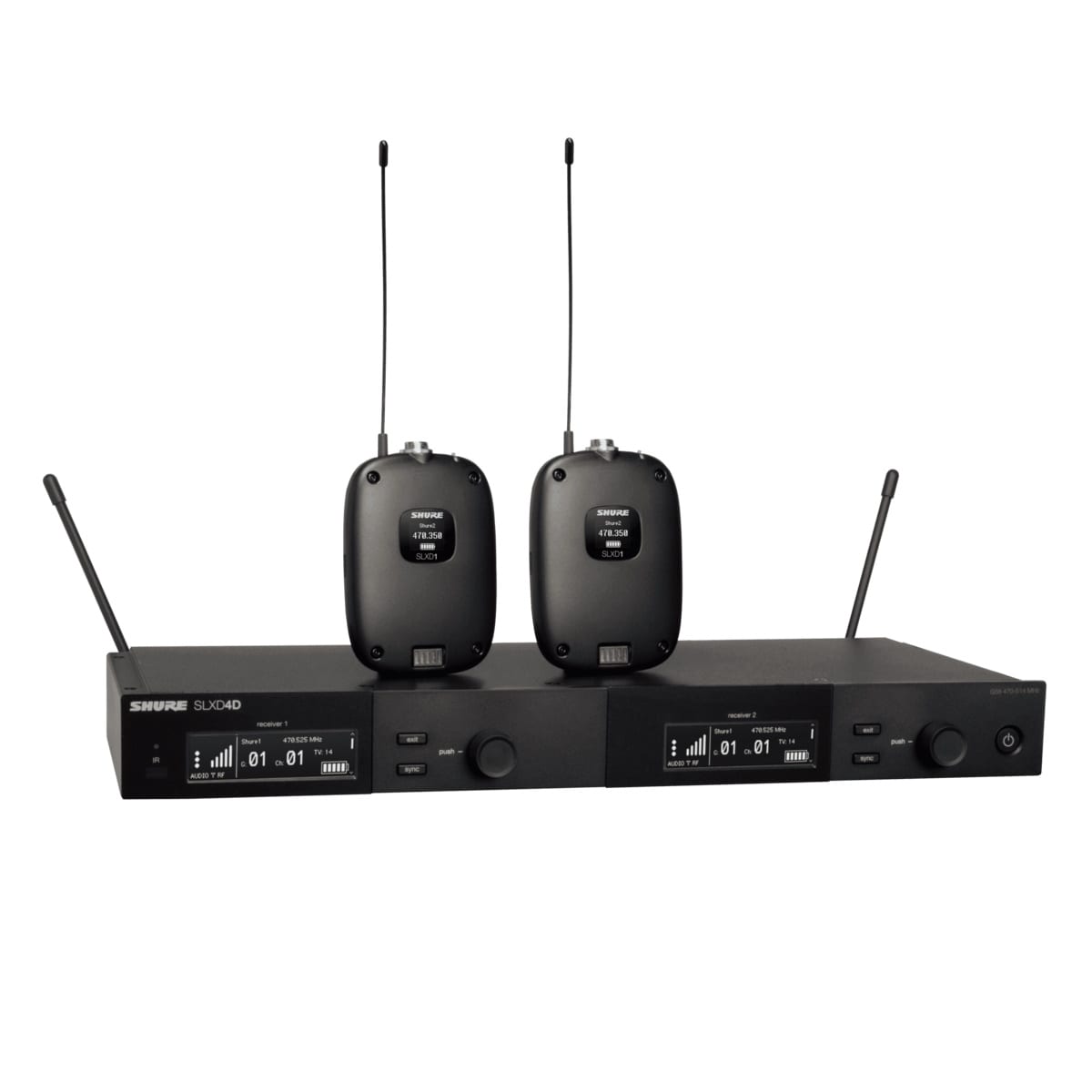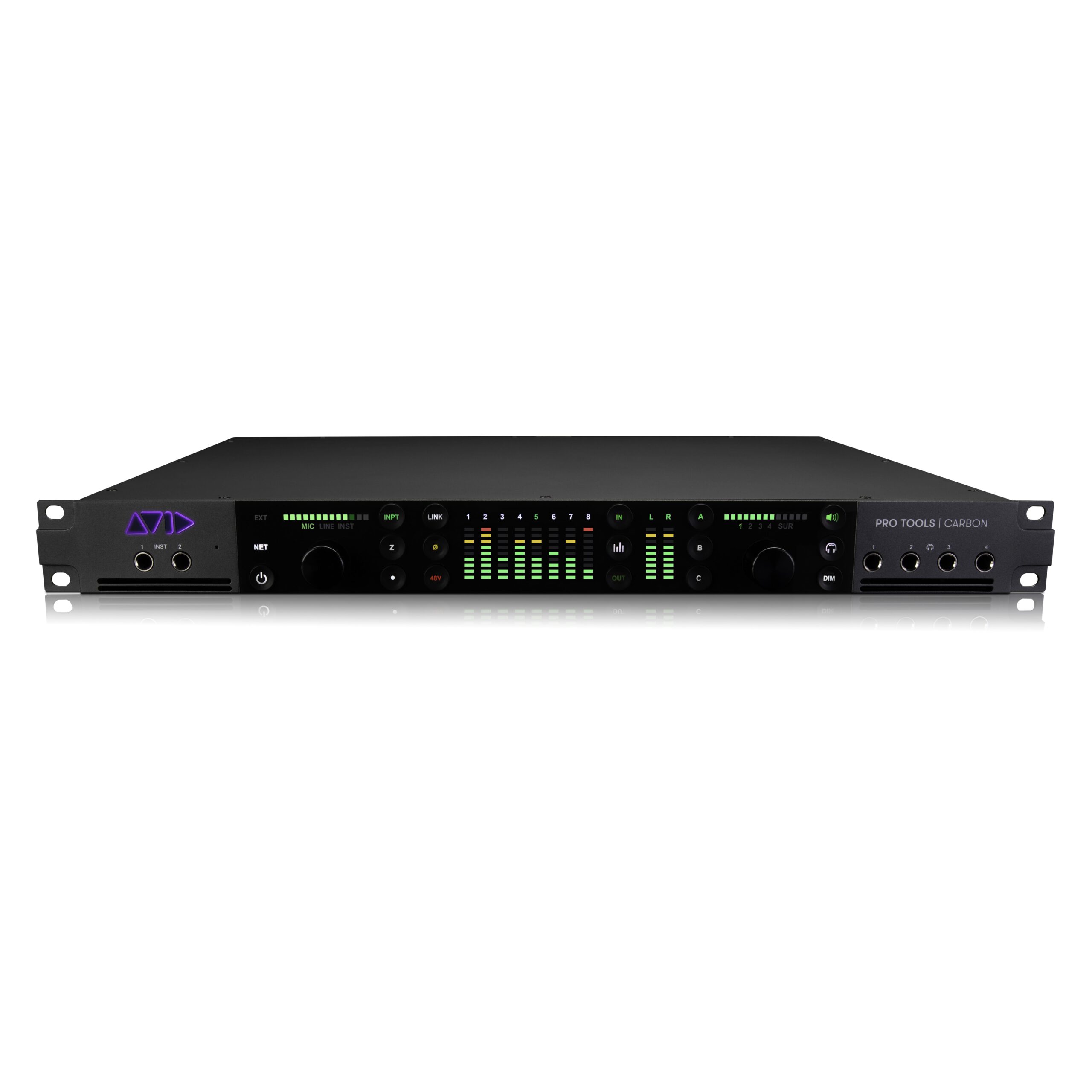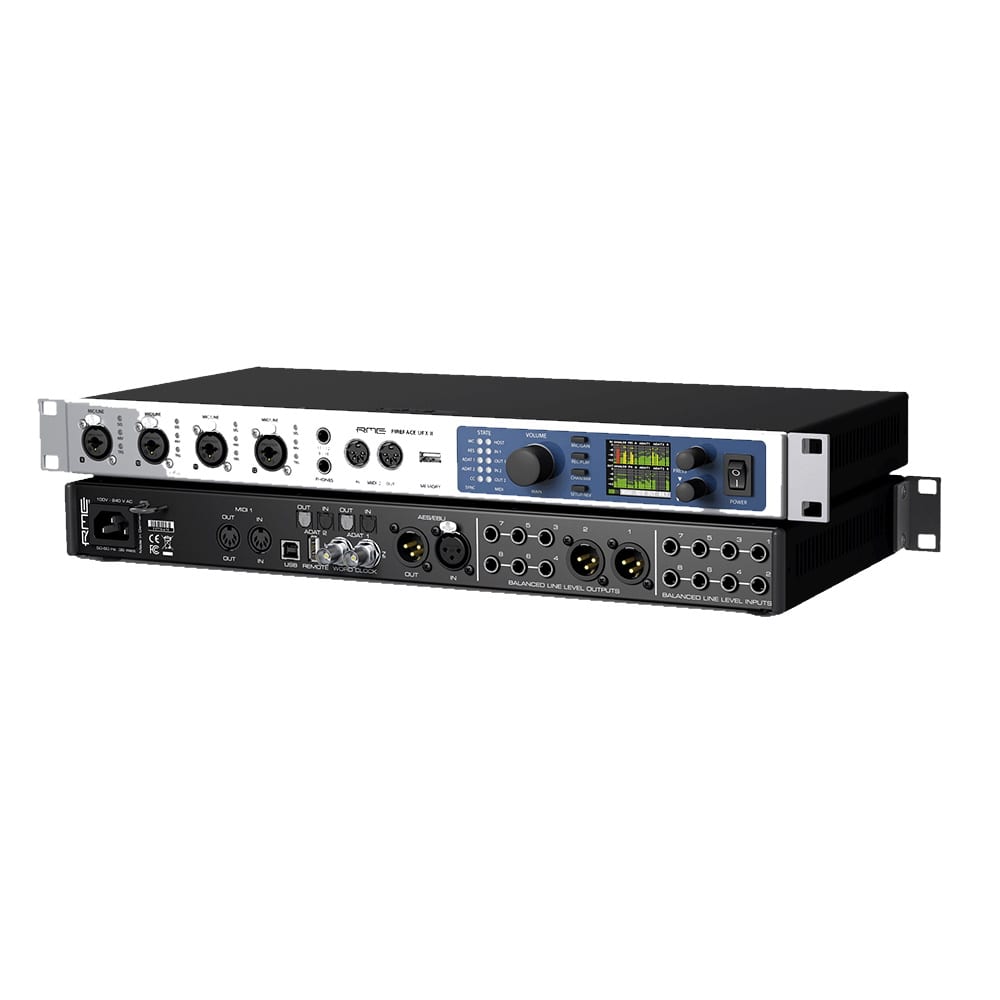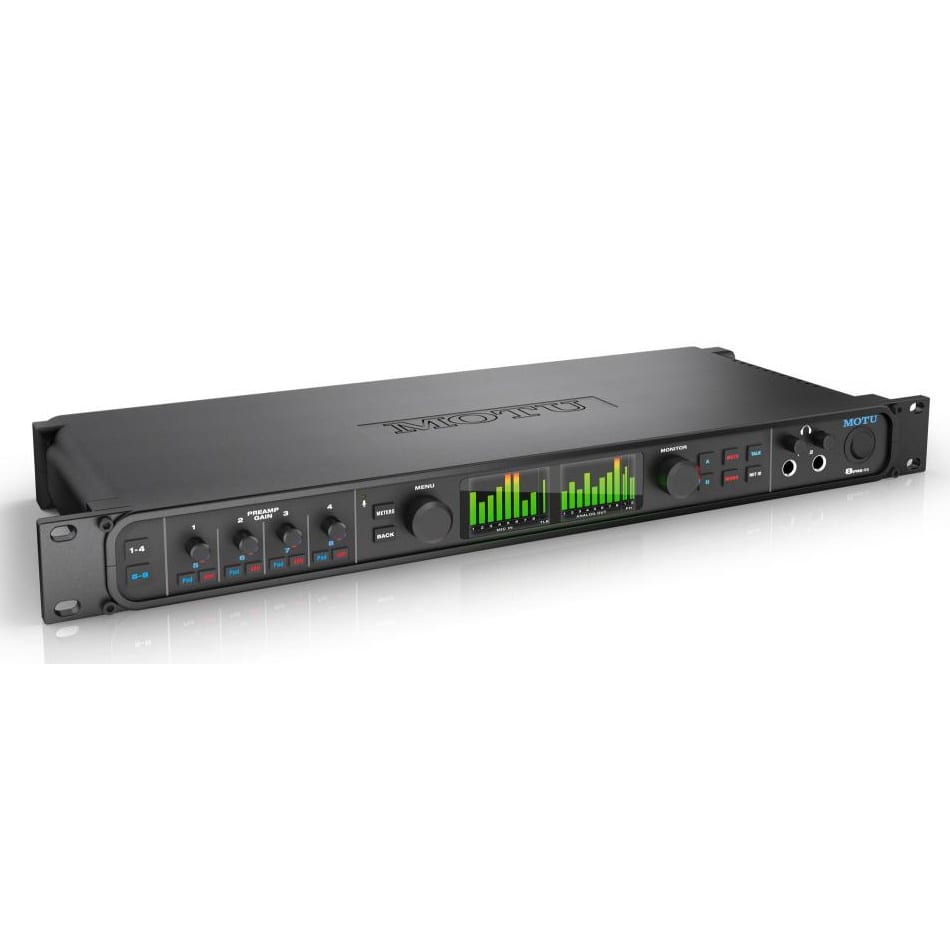Description
Multi-pattern Studio Tube Microphone
The Josephson Engineering C725 provides classic studio microphone performance using a hybrid of vacuum tube and solid-state technology, and our advanced dual-diaphragm capsule is used on the C700 and C716 microphones. A separate high voltage regulated power supply is provided, with five switchable directional patterns and a unique warm/cool selector to optimize the signal path. The C725 is suitable for detailed vocal and instrument pickup.
The head grille uses Josephson’s patented aluminum foam, fused to the housing for physical and electrical protection, with only an ultrafine highly open mesh used for contamination protection. No other structure is needed, so internal reflections are random and minimal, allowing clean, detailed sound pickup. The capsule assembly is internally shock mounted so the microphone can be attached directly to a stand through its yoke mount. The C725 features a satin nickel finish for durability in studio use.
The internal circuitry is related to other Josephson mics, with a cascade topology for best linearity. Instead of two FETs to build the cascade, in the C725 the voltage-gain section uses a custom low-noise FET, while the current gain stage uses a new production pentode vacuum tube. This allows the low noise of the FET along with the dynamic characteristics of the vacuum tube. The output is provided through a custom nickel-core transformer, which has independent windings for output and gains control
The PS725 power supply allows operation on 100 to 240-volt mains supplies and allows the selection of five directional patterns and two signal/dynamics characteristics. The “sun” setting operates at full gain, with a high sensitivity of 40 mV/Pa, and the warmth characteristic of many vacuum tube mics. In the “moon” setting, a small amount of negative feedback is provided from a dedicated winding of the output transformer back to the amplifier’s front end. This reduces the sensitivity by 12 dB, to 10 mV/Pa, and linearizes the circuit to provide a more neutral sound at high levels. Switching between the two modes is accomplished with a precision reed relay inside the microphone. Five separate power supply sections are used: a pre-regulator for the vacuum tube filament along with a final regulator inside the microphone so that filament voltage is not changed by cable length, two low noise supplies for the high voltage regulator, and a precision shunt regulator for the vacuum tube plate and polarization voltages.
The cable is a highly flexible five-pair type terminating in a “large Tuchel” 12-contact connector. It may be extended up to 50 meters. The C725 is supplied in a rugged, fitted carrying case with the power supply, line cord, and protection sleeve.
Specifications
– Pressure-gradient condenser microphone transducer
– Omnidirectional, subcardioid, cardioid, hypercardioid, figure-8 directional patterns
– Frequency range 20-20,000 Hz
– Sensitivity 40 mV/Pa
– Equivalent noise level <15 dB SPL, A-weighted RMS
– Overload sound level 130/142 dB SPL
– Power supply 100-120 or 220-240 volt linear, switchable, 20 W
– Diameter 63 mm (100 mm wide at yoke), length 261 mm
– Weight 1.2 kg
– Power supply dimensions 335 x 152 x 92 mm, 3 kg
– Microphone connector Binder 691 (“large Tuchel” type) 12 contact
– Output connector 3-pin XLR

